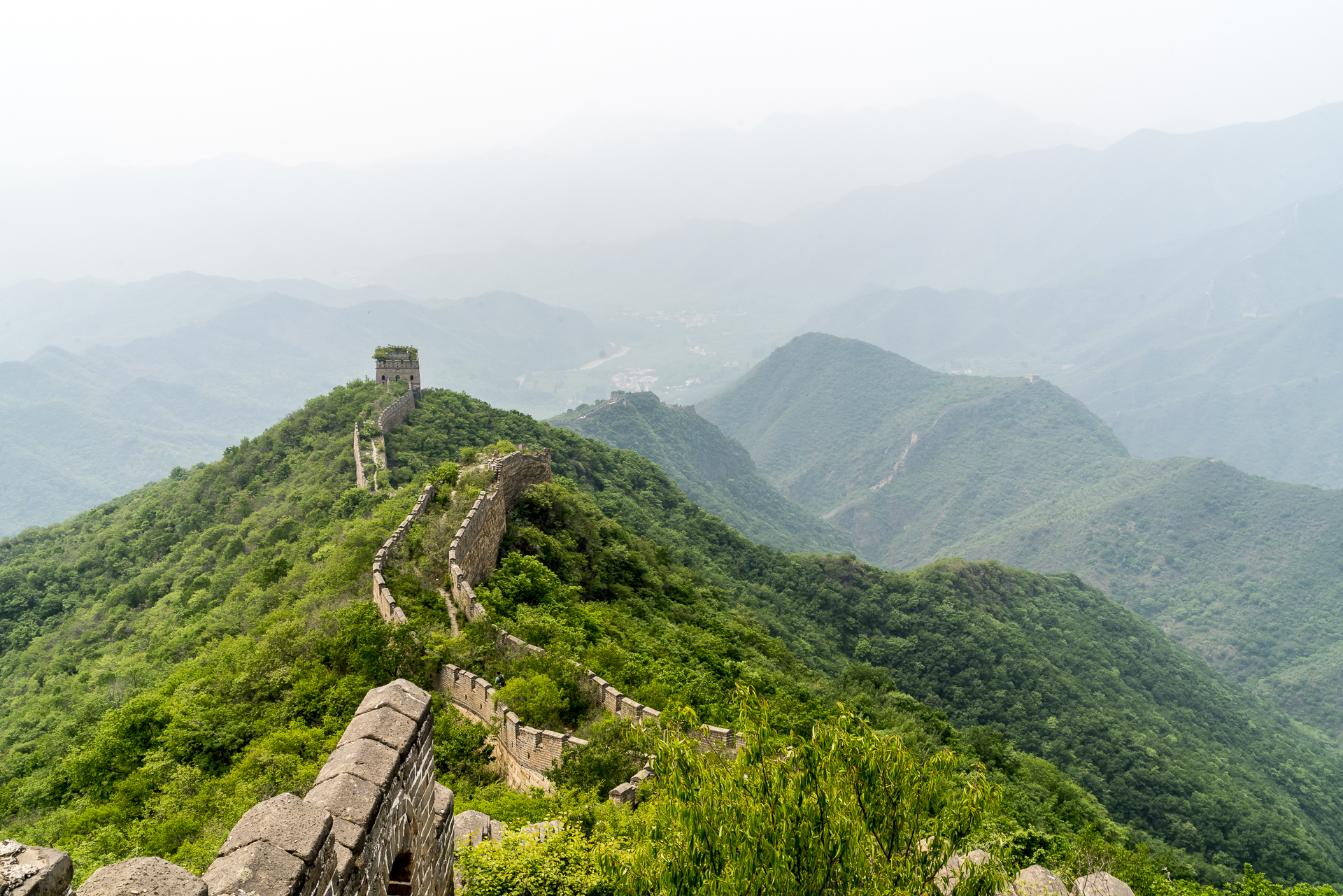
Beijing: My top tips and sights for 3 days
What a bright blue sky! The capital of the People’s Republic of China – Beijing – welcomes us against all clichés with the most beautiful weather. On the way from the airport to the city center we admire the many greenery to the left and right of the streets. Gapless tree-lined avenues cleverly hide loveless suburban buildings behind a wall of leaves. At first glance, Beijing seems more sympathetic to me than Shanghai, which greeted us with a smog bubble a few days earlier. What a difference sunshine can make! My brother responds promptly to my Insta story with a view of the blue sky from the taxi window: “Wow, such beautiful weather! You have to take advantage of that.”
Unfortunately, I booked a midday flight from Seoul to Beijing, and by the time we reach our accommodation, the beautiful spring day is coming to an end. It’s a pity, because we don’t get any sunshine for the following days of exploration in Beijing. The sky therefore appears in our pictures in a typical – unphotogenic – smog manner in a loveless white-grey. We were lucky with the weather during our hiking trip to the Great Wall – my highlight of our visit to Beijing!
We stayed a total of three nights in Beijing and due to the onward journey with the night train to Xi’an, we also had three full days of sightseeing at our disposal. That’s enough to get a first impression of Beijing and see an excerpt of the most famous sights. However, you have to be aware that you are only “scratching” the surface with three days and it can be worthwhile to add two to three more days in Beijing.
Below I describe how we designed our 3-day tour of Beijing and which sights we visited.
Day 1: Hiking along the Great Wall – Great Wall of China
While the majority of Beijing visitors visit the Forbidden City on the first day, we lace up our hiking boots early in the morning and then drive 80 kilometers north to the Huairou Xiangshuihu Great Wall Natural Scenic Area. Most sections of the Great Wall, which are located in the immediate vicinity of Beijing, are overcrowded with tourists, according to various sources. After our experience in the Yu Gardens in Shanghai, we wanted to avoid the well-known spots of the tour buses as much as possible. Two days before our trip to Beijing, I discovered the website of the Beijing Hikers, who offer hiking trips to the Great Walls several times a week. The tour offer varies depending on the day of the week/season. Most of them are day trips, on the weekends there are also 2-day hikes with overnight camping. The cost of the day trips is between 420 and 500 yuan (about 65 to 75 CHF) per person and includes transportation, snacks, hiking guide and a local lunch.
For our first full day in Beijing, a trip to the “Great Wall Spur” – an unrestored offshoot from the Ming Dynasty – is on the agenda. I completed the booking form and promptly received a registration confirmation. Now we just have to find one of the two meeting places, which fortunately we succeed in. The hiking group on this day consists of 15 people including three guides from Beijing Hikers (two of whom speak good English). After a driving time of almost two hours, we reach the starting point of our hike near Dongtaicun.
The nasty thing about this tour is the steep climb at the beginning. A narrow path leads through the sloping thicket 500 meters uphill to the foothills of the wall. But the effort is worth it! Sweaty and slightly out of breath, I reach the mighty walls of the “Great Wall” after a good hour of climbing. First and foremost, I am enthusiastic about the fact that this section of the wall is unrestored and that we get an authentic impression of the building; Only the remains of the wall overgrown with trees and plants (no less impressive than the restored pieces of wall that we will visit in the further course of this trip) and a great panoramic view over wooded hills. No staging, no music and, above all, no other people far and wide. Terrific! After the strenuous ascent, the hike takes us a good two kilometers along the wall and then through the thicket back to the starting point, where a fine local lunch awaits us.
Day 2: Wander through palaces, temples, and hutongs
After a great day of hiking on the Great Wall of China, we dedicate days two and three to the core city of Beijing. Unfortunately, the beautiful blue sky of the first day is nowhere to be seen today. We don’t let this spoil our good mood and take the metro to the northwestern outskirts of Beijing. It is home to the Summer Palace, built in 1750, which is considered one of the best-preserved imperial gardens. When choosing an entrance ticket, there are different options, depending on whether you only want to visit the park or individual buildings from the inside. We opt for the one-way ticket (park only), which costs 30 yuan per person. Afterwards we roam through the extensive grounds and admire the colorful buildings, which remind me of the castles of Sintra in terms of style. You could easily spend a full day here. On the positive side, the flow of visitors is well distributed thanks to the size of the park.
We, on the other hand, use the second half of the day to visit the Lama Temple (Yonghegong) in the Dongcheng district and then take a stroll through the surrounding hutongs.
During our previous stay in Shanghai, we were curious to see how Beijing differs from the modern port city. To us, Beijing seemed more traditional and pleasantly relaxed in the core city with the hutongs – the winding courtyards. At the same time, there are also numerous casual corners to discover. These include the Great Leap Brewing Bar, which is one of the first microbreweries in Beijing. If you’re like us and only get a beer and nothing to eat, then walk south until you reach the restaurant Siji Minfu (32 Dengshikou W St, DongDan). This is where the famous Peking duck is served.
Day 3: Exploring the Forbidden City & Fine Dining
We had saved Tian’anmen Square and the Forbidden City, two of Beijing’s top sights, for the last day. We happily head for the Forbidden City, which is already tantamount to a spit route from the nearest metro station. Security check here, metal detector there, and woe betide you if you forgot your passport. At least we had informed ourselves so far: Always take passports with you. But when we finally reach the entrance area of the Forbidden City and look around for ticket offices, we are irritated. Various information boards indicate that tickets must be purchased online. However, in order to make this purchase via the Palace Museum website, you must be in possession of a Chinese credit card. For people like us, who spontaneously take a non-guided trip to the Forbidden City, this is an impossibility. “We Dödel” is my first thought; Not informing yourself sufficiently in advance and promptly putting your foot in your mouth. Finally, right at the entrance gate to the Palace Museum (on the right-hand side) we find some remaining ticket booths, to which we are kindly granted access (Chinese citizens have to buy the tickets online). It is unclear how long this possibility will continue to exist. Find out in advance. Under certain circumstances, your accommodation can help you organize the online tickets.
Coming from Tian’anmen Square, we walked in a northerly direction through the huge complex, sticking to the decentralized paths. So we cleverly dodged the led groups. If you leave the Forbidden City via the North Gate, you cross the street and enter Jingshan Park. From the hill in the middle of the park there is the best view over the Forbidden City.
Afterwards we walk along the Tongzi River again towards the South Gate. At Donghuamen Street (directly opposite the Donghuamen Gate) is the fantastic restaurant TRB Forbidden City (No.95 Donghuamen Main Street). We marched in there without a reservation and received a table with a view of the Forbidden City on Saturday afternoon without waiting. On Saturday and Sunday lunchtime, the brunch menu is served, although the word “brunch” is misleading in my opinion. Basically, it is a 5-course menu with several choices, which costs 526 yuan (about 80 CHF) with wine accompaniment. We loved the food and the nice service and I would stop here again in a heartbeat. The current menus and prices can be found on the linked website.
The fact that we usually spend more time researching restaurants than taking care of the ticket organization and opening hours of the sights is exemplified right after the fine lunch. Finally, I actually wanted to take a look at the imposing Temple of Heaven south of Tian’anmen Square. We make it into the park, but we are exactly one minute too late for the entrance to the temple complex. Unfortunately, it closes its doors at 5:30 p.m. So it remains with the view from the outside.
Practical travel tips for Beijing
- We stayed at SonGy Hotel in Dongcheng District. The hotel – which is more like a bed and breakfast in style – is located in the middle of a traditional hutong. The rooms are small but nicely designed. Host Briana speaks good English and goes out of her way to contribute to a perfect stay in Beijing. We paid 220 CHF for our room with bathroom for three nights including breakfast.
- The taxi ride from Beijing airport to the Dongcheng district cost us 93 yuan (about 15 CHF). The taxi drivers use a taximeter.
- The distances in Beijing are huge and the metro network, on the other hand, is only coarsely meshed. So you can quickly walk one to two kilometers to the next metro station. The cost of metro tickets is based on the number of kilometers traveled. For distances up to 6 kilometers, you pay 3 yuan for a single ticket. Between 6 to 12 kilometers, 4 yuan, etc. At the machine, simply select the starting point and destination and pay the displayed amount (regardless of whether you change lines or not).
- Access to Google services as well as various social media platforms is blocked via Wi-Fi in China. If you want to use these platforms during your stay, you will need to install a VPN client in advance. I was using VyprVPN, which worked in May 2018. However, it is best to find out shortly before your stay which VPNs are currently not blocked.
- Anyone who buys a roaming data package from Swisscom (China is “World 1” and 3GB costs CHF 79.90 as of June 2018) and surfs the Internet via roaming will continue to have access to Google and Facebook & Co. without a VPN. We used this access for navigation with Google Maps on the way, as the route planner (also for the metro) works surprisingly well this way.
- The map app from Maps.me is not blocked. As an alternative to Google Maps that works without VPN/data roaming, this app is worth downloading. You can also provide the map sections of the respective cities offline.


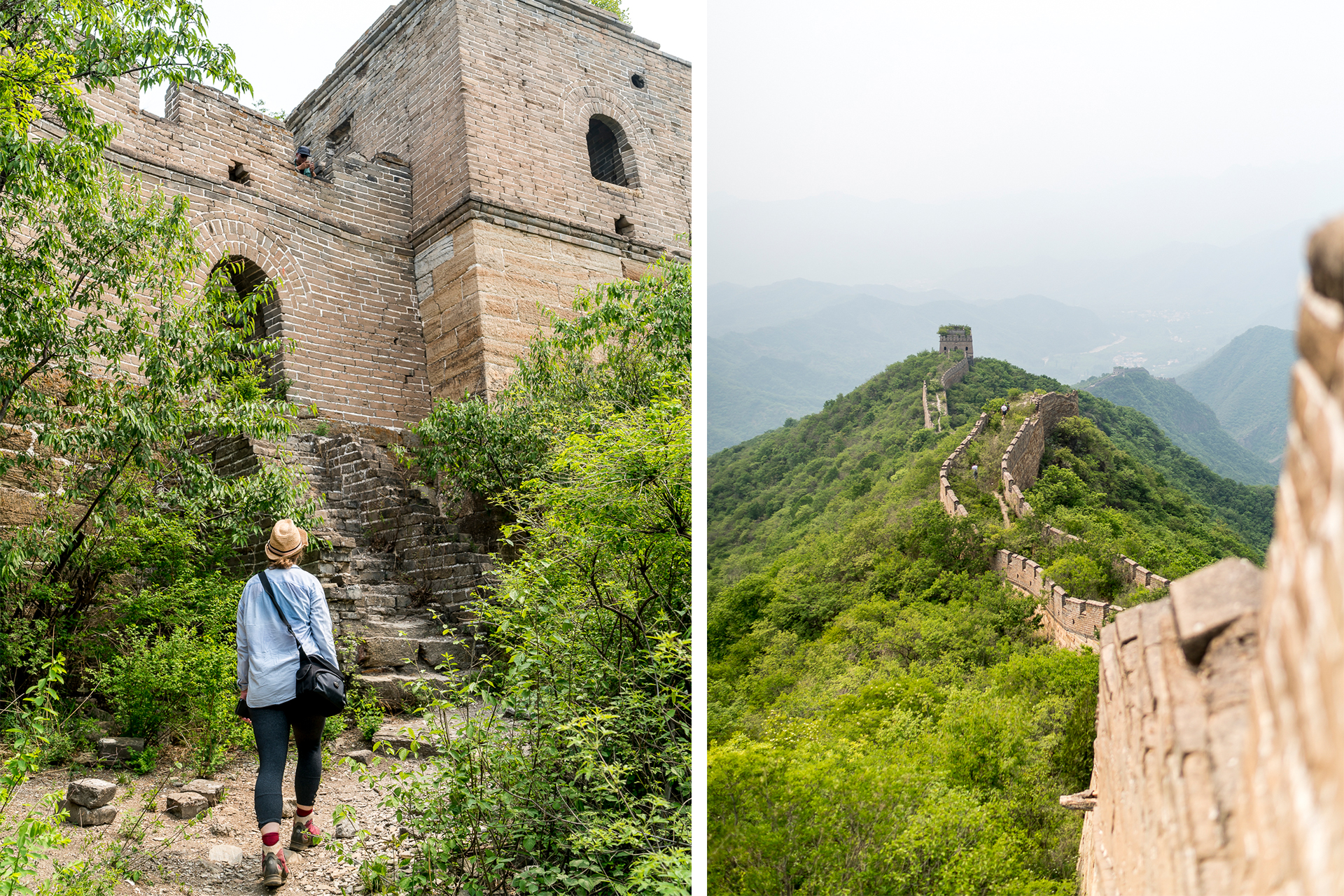
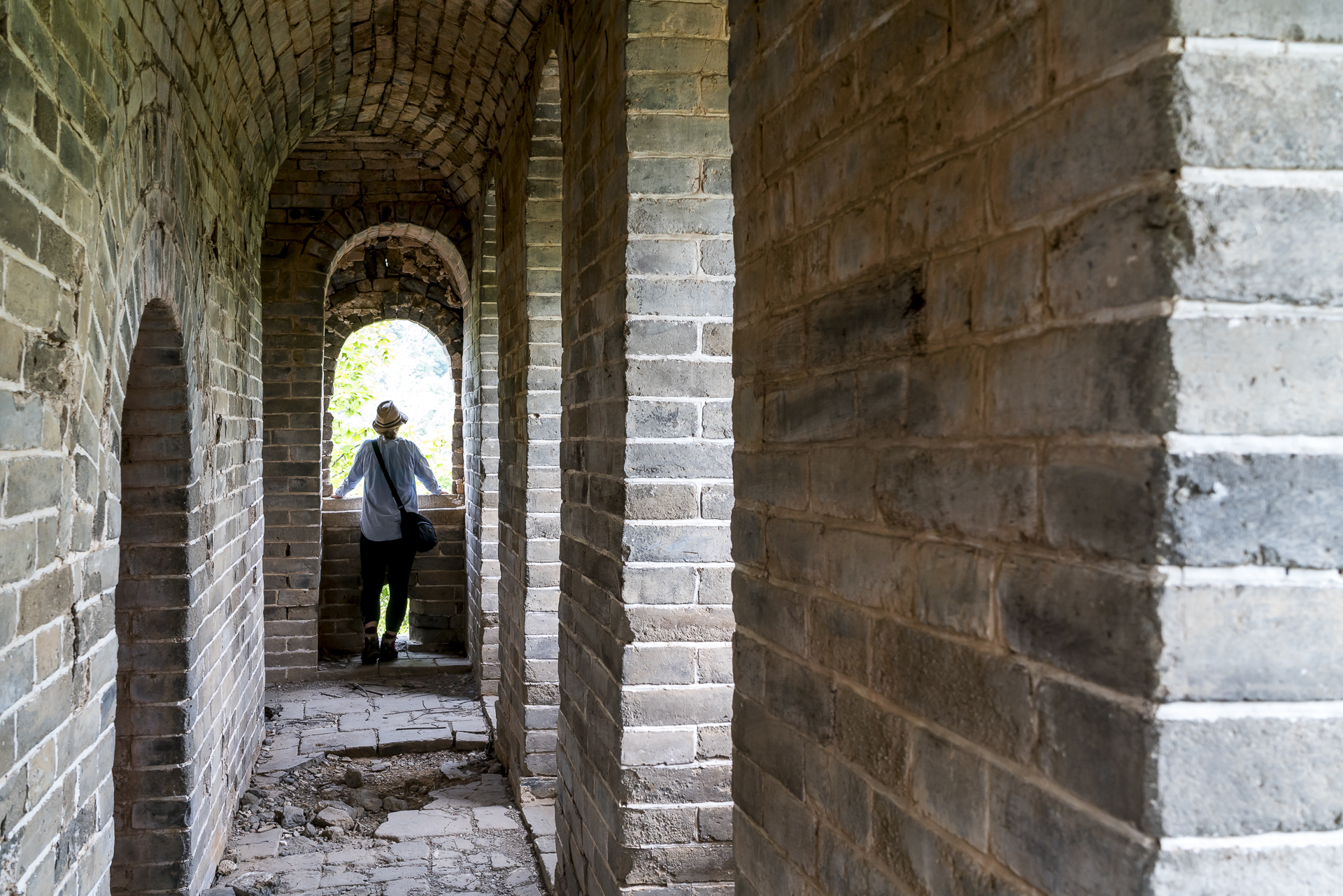
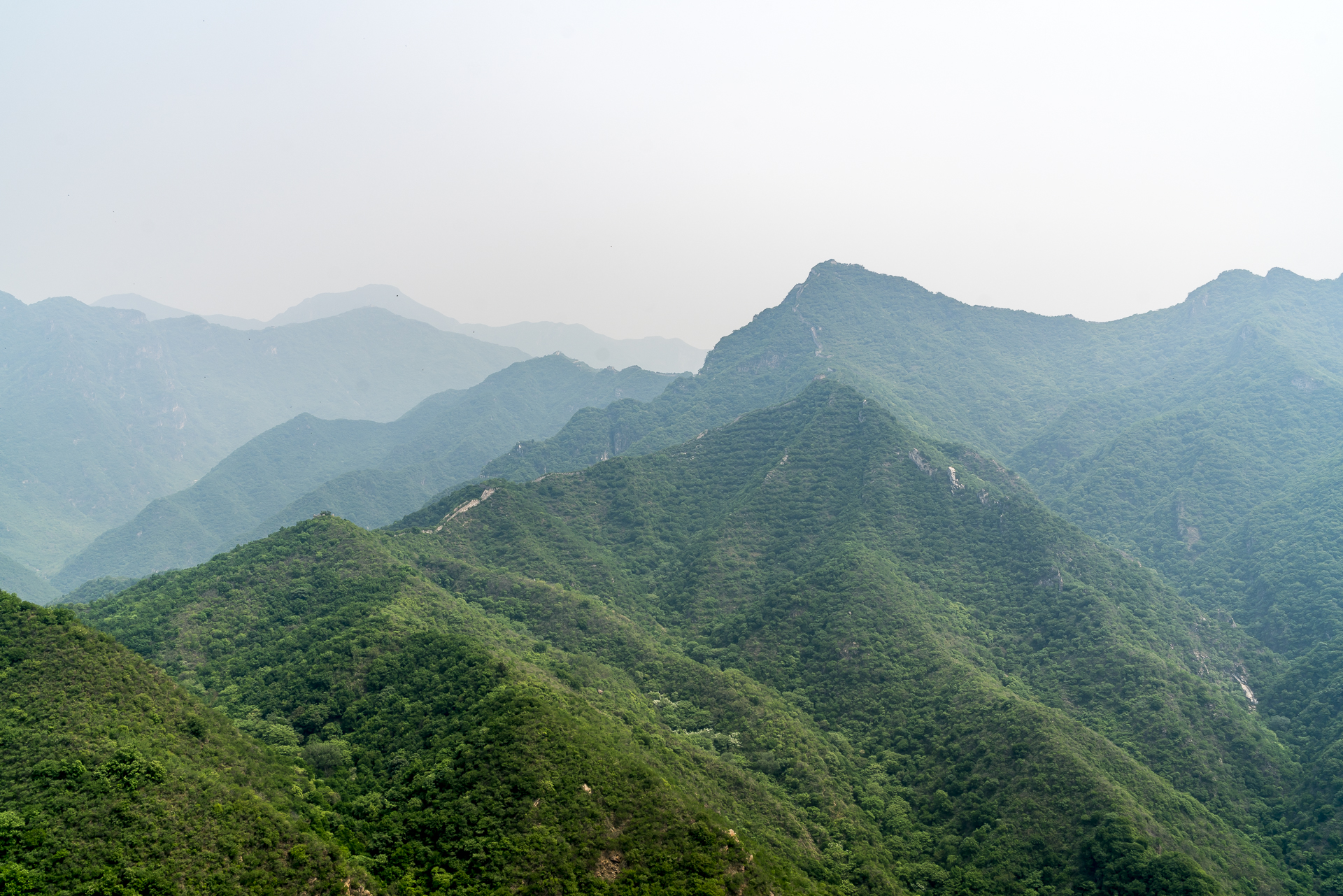
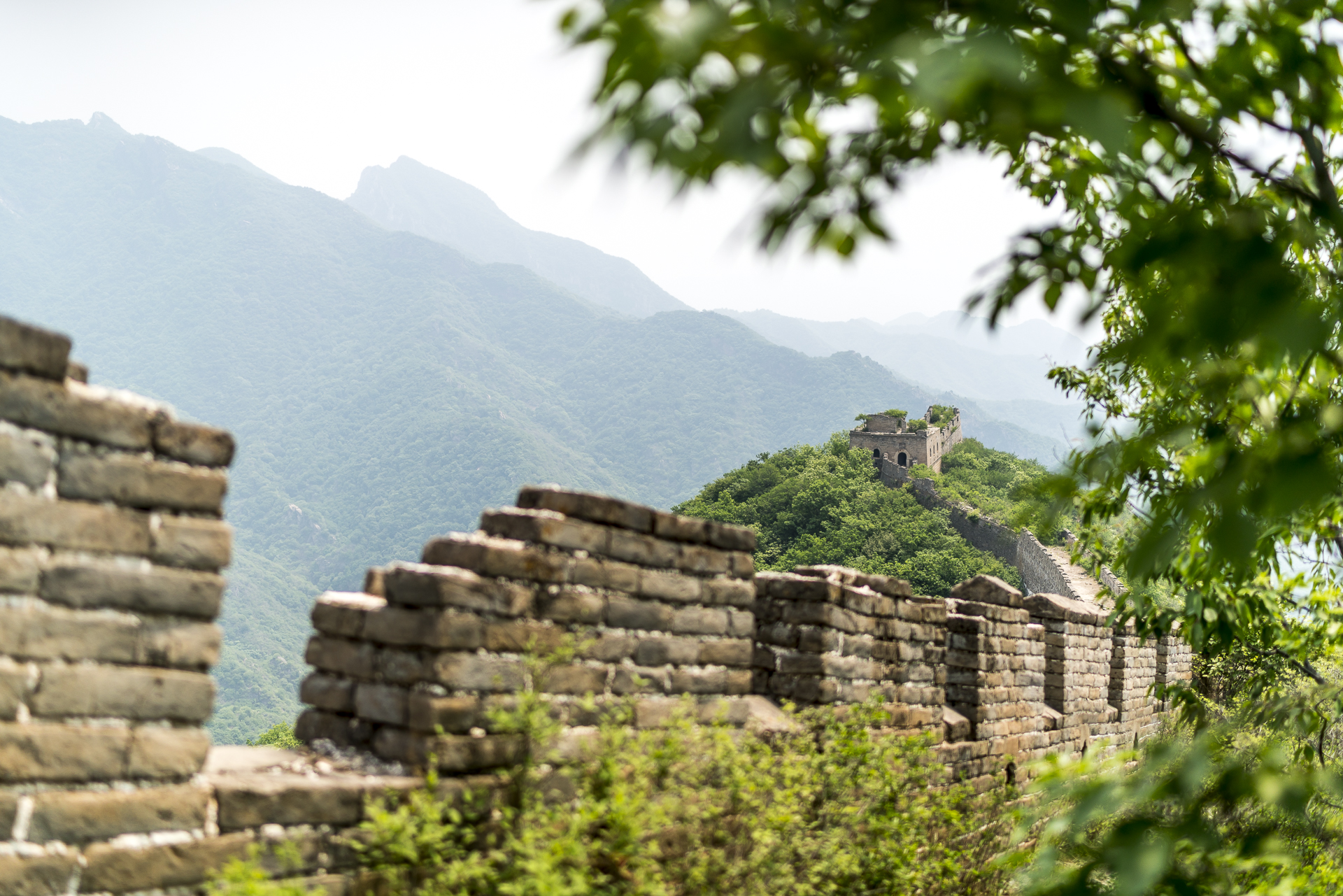
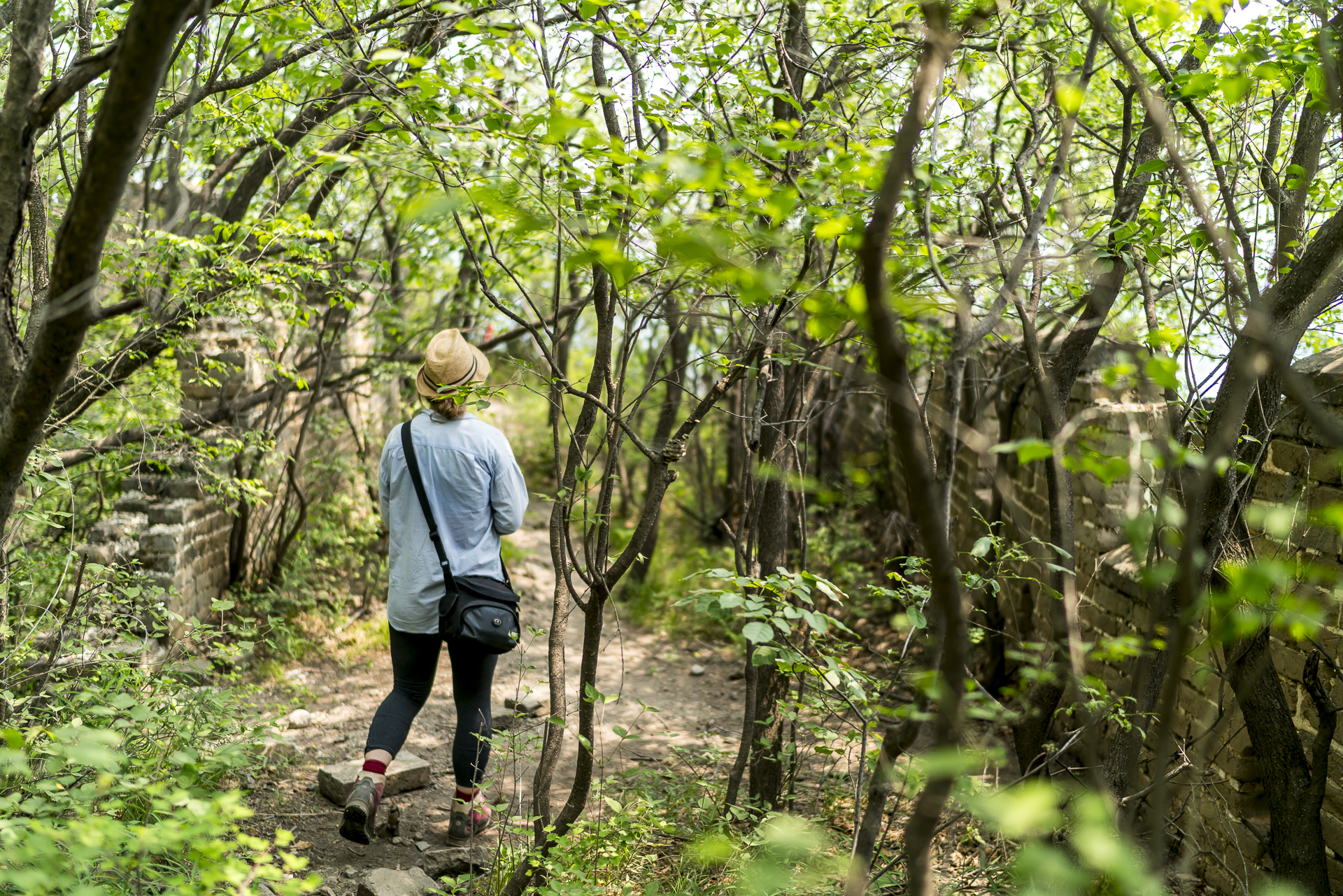
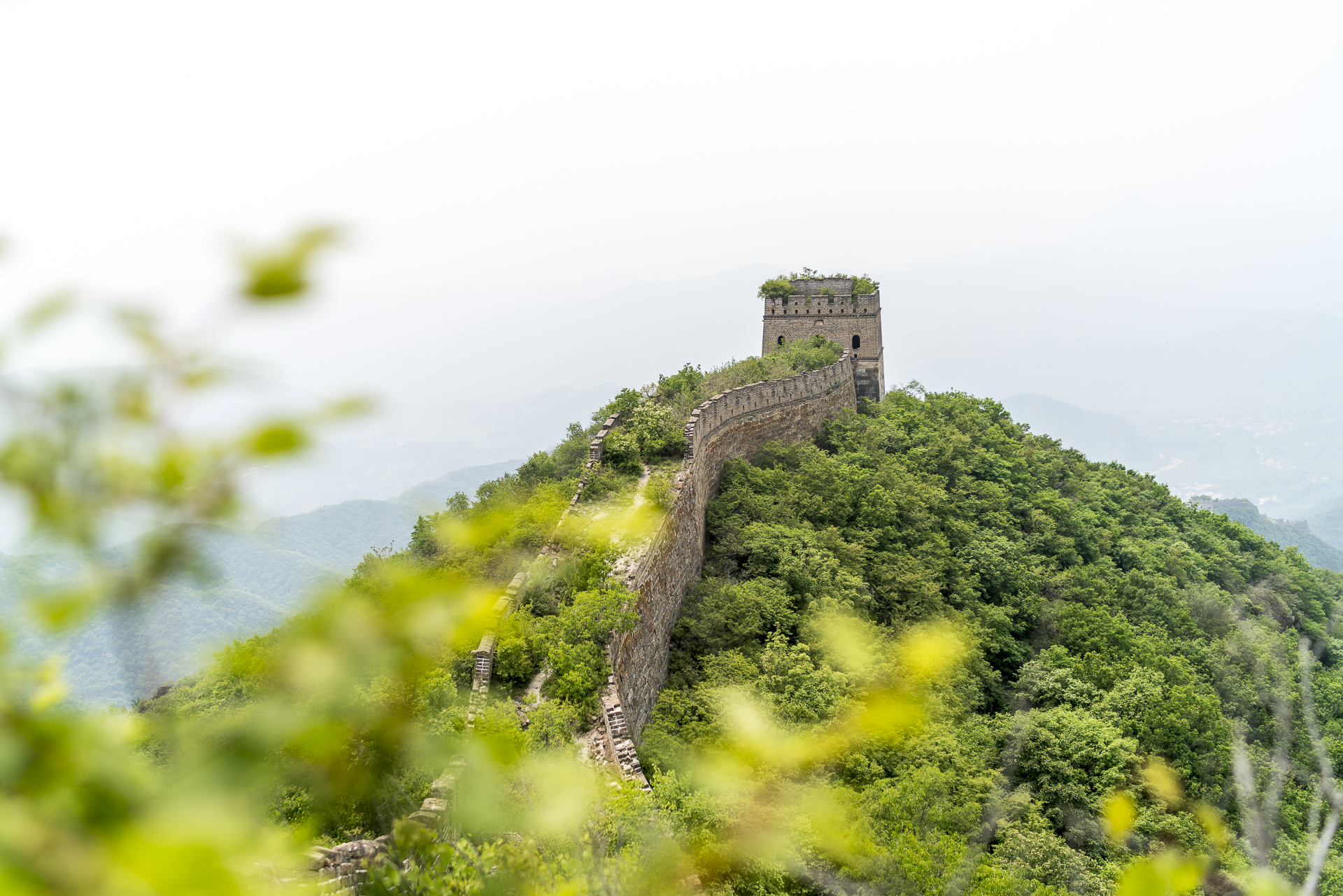

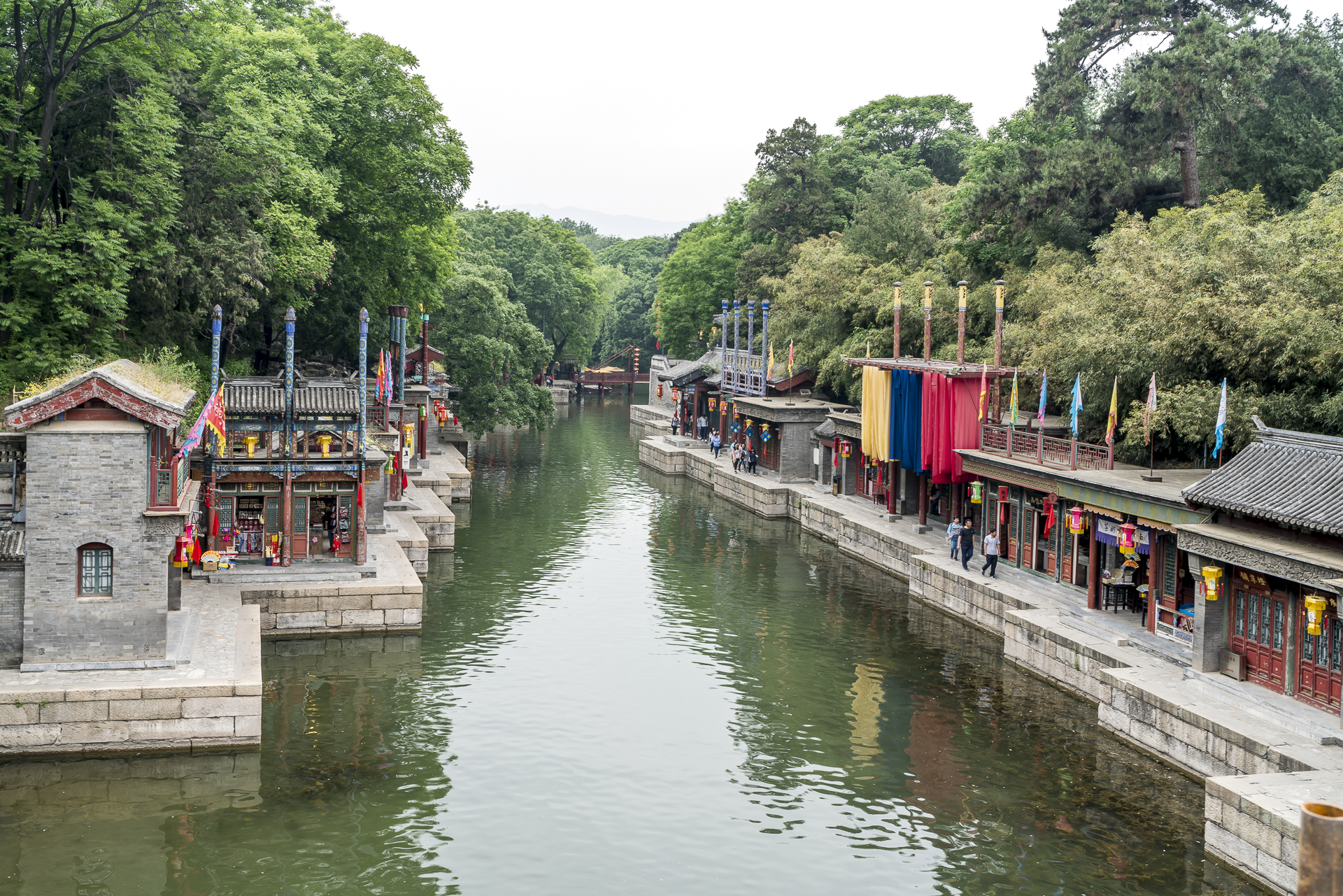
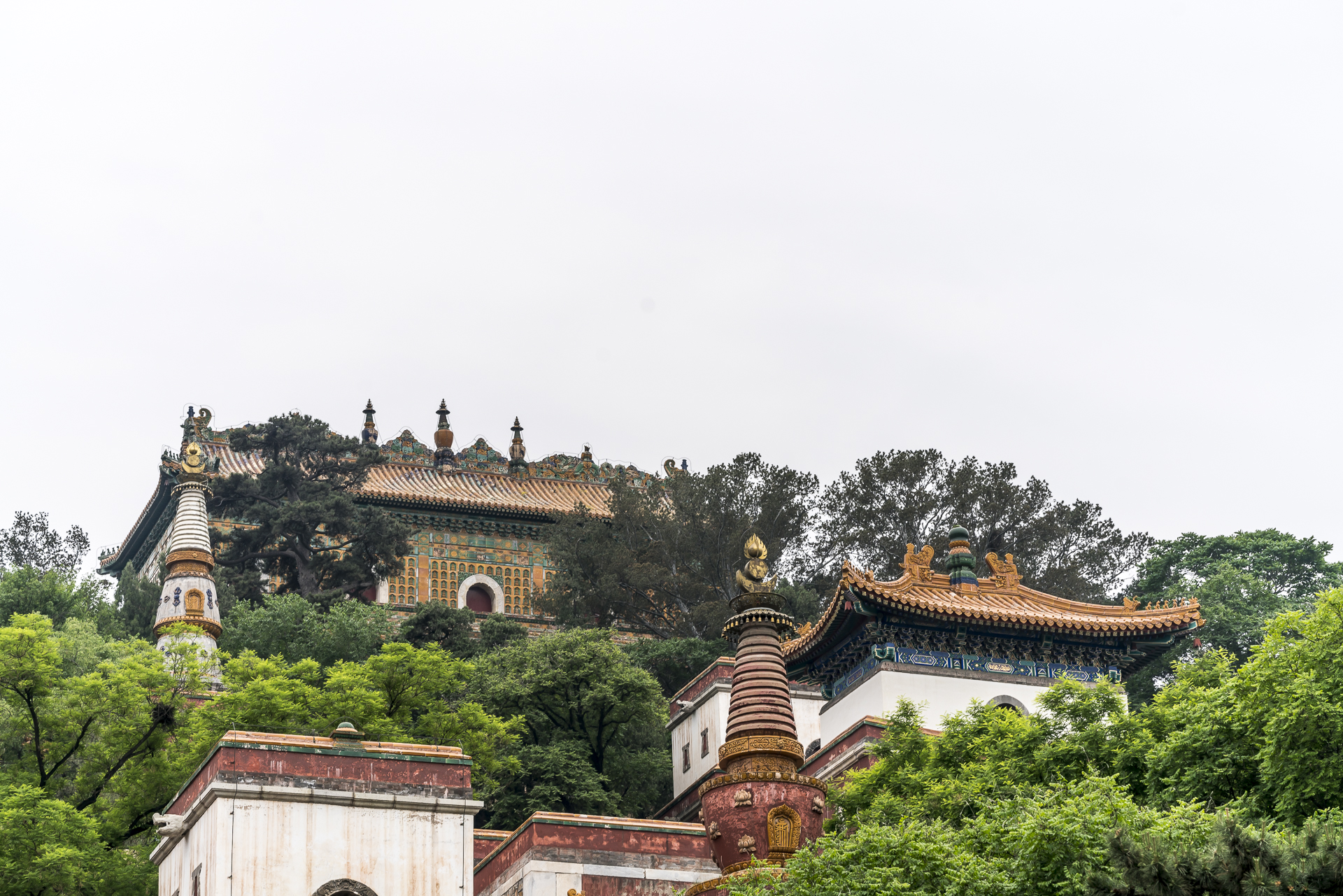
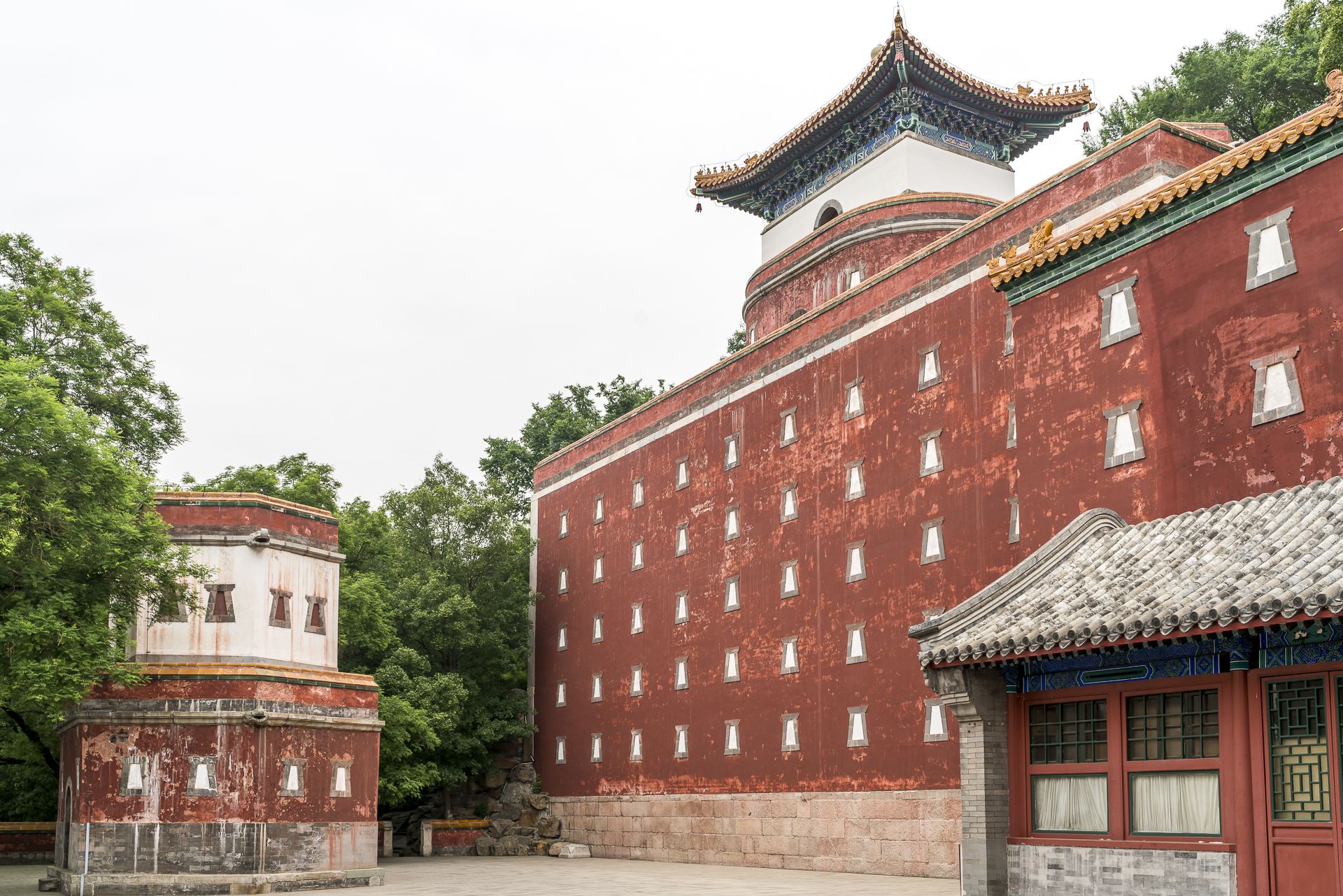
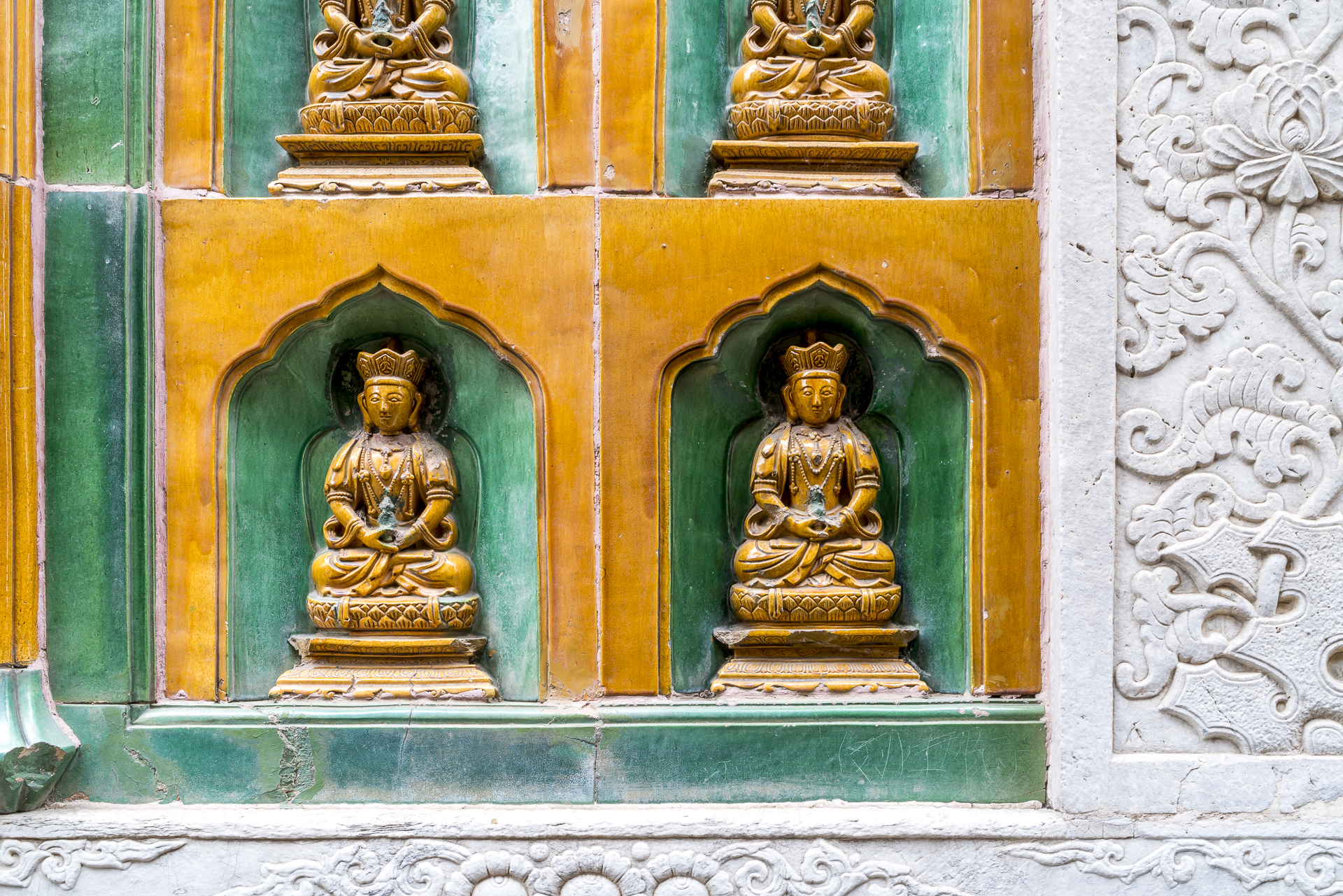
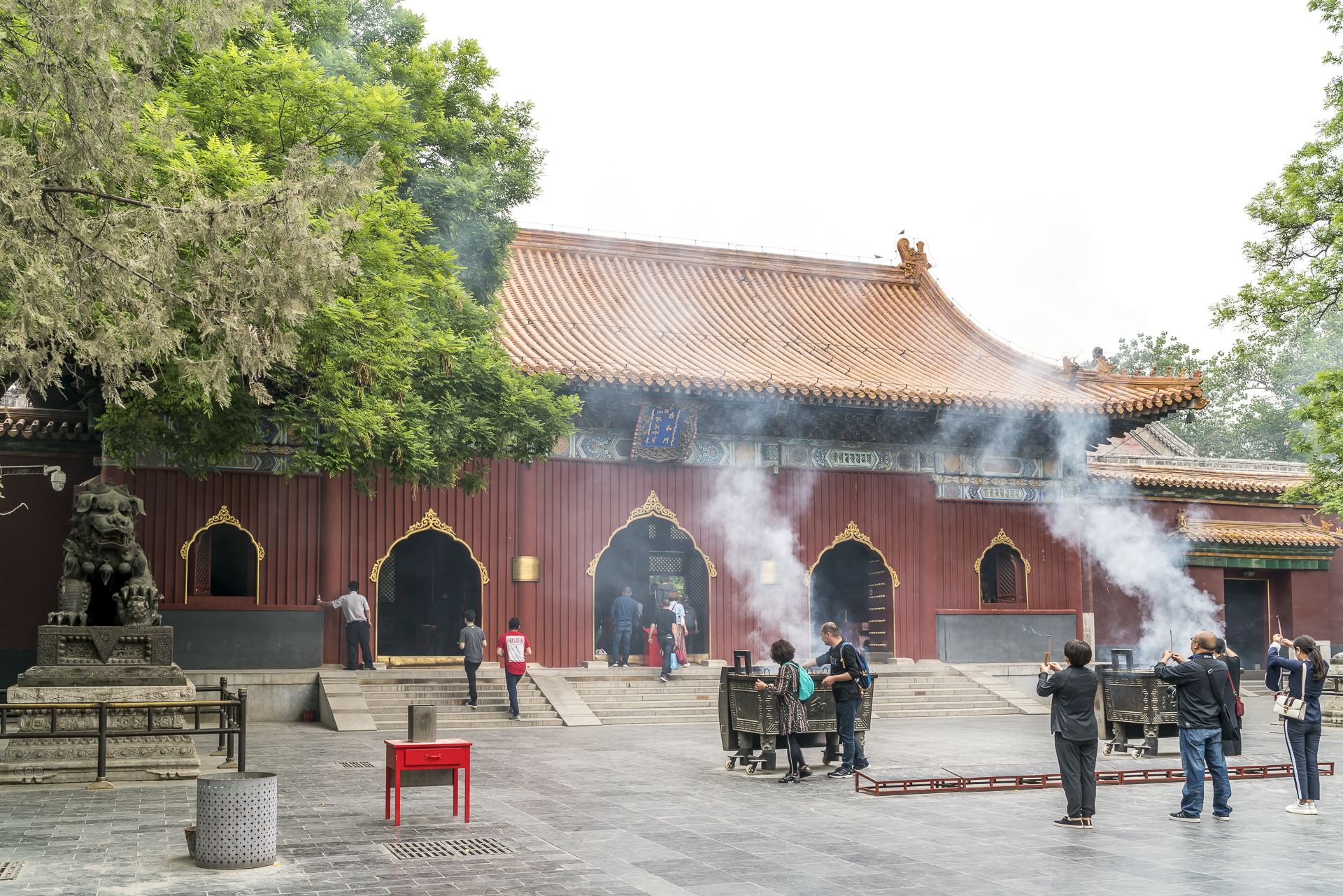
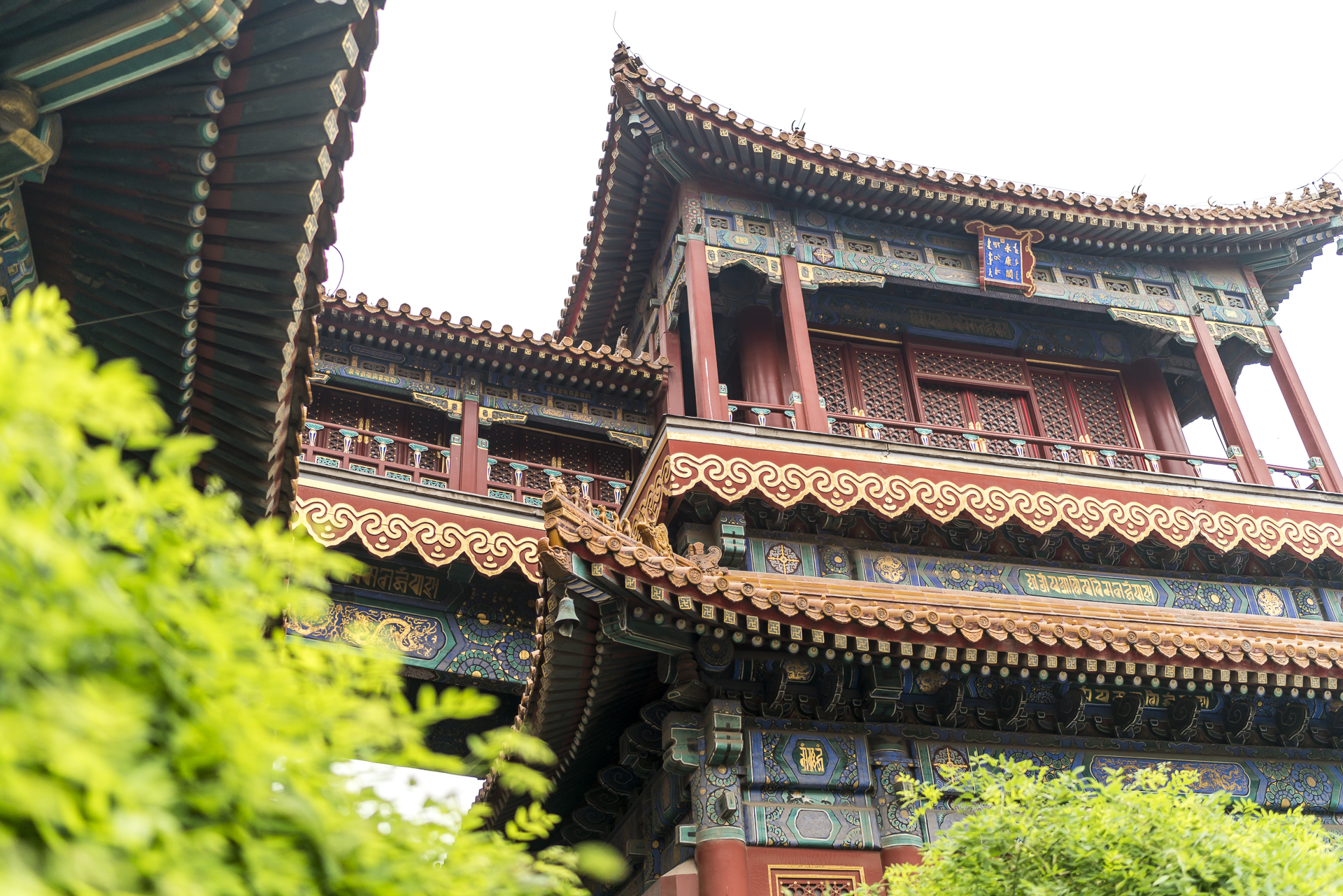
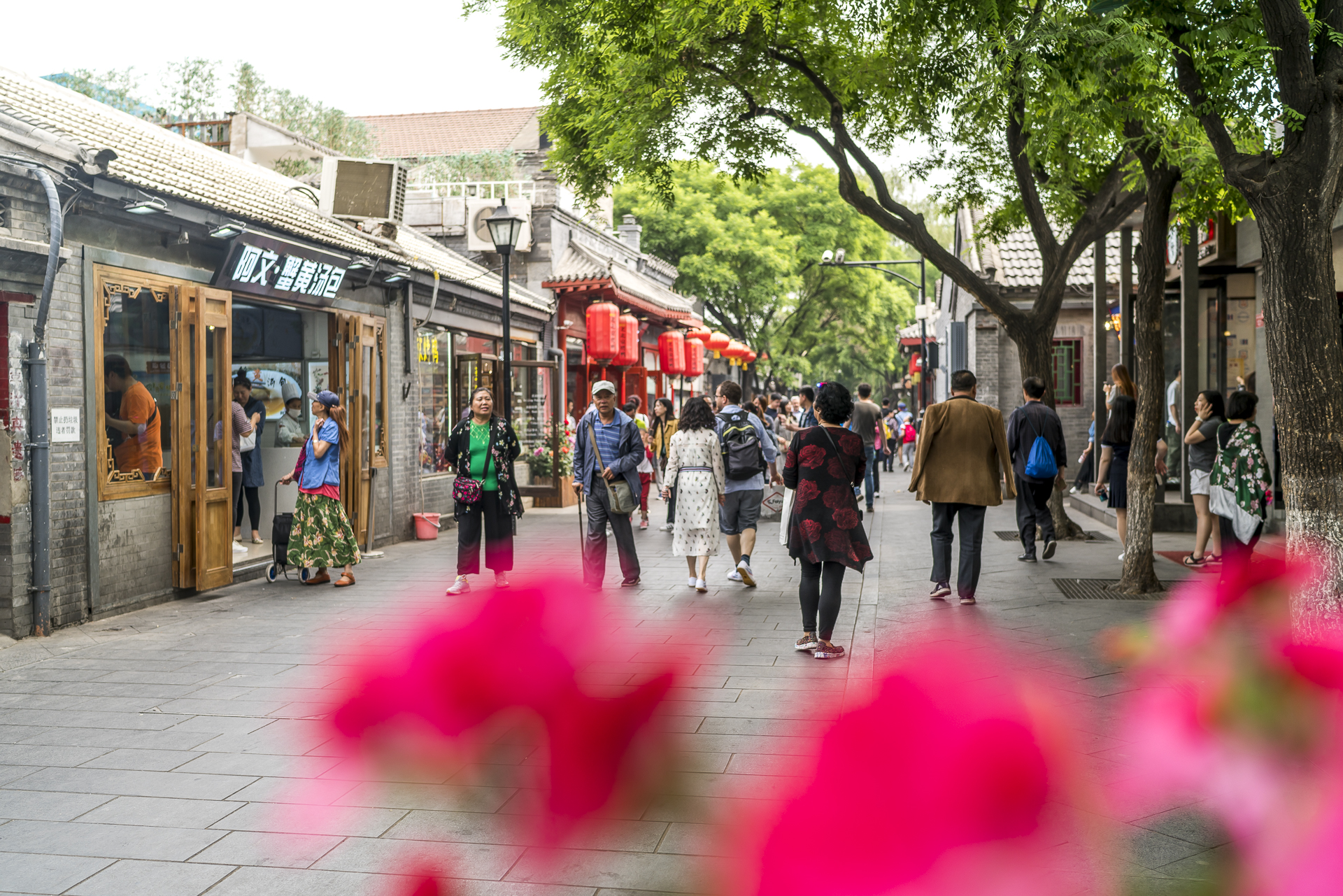
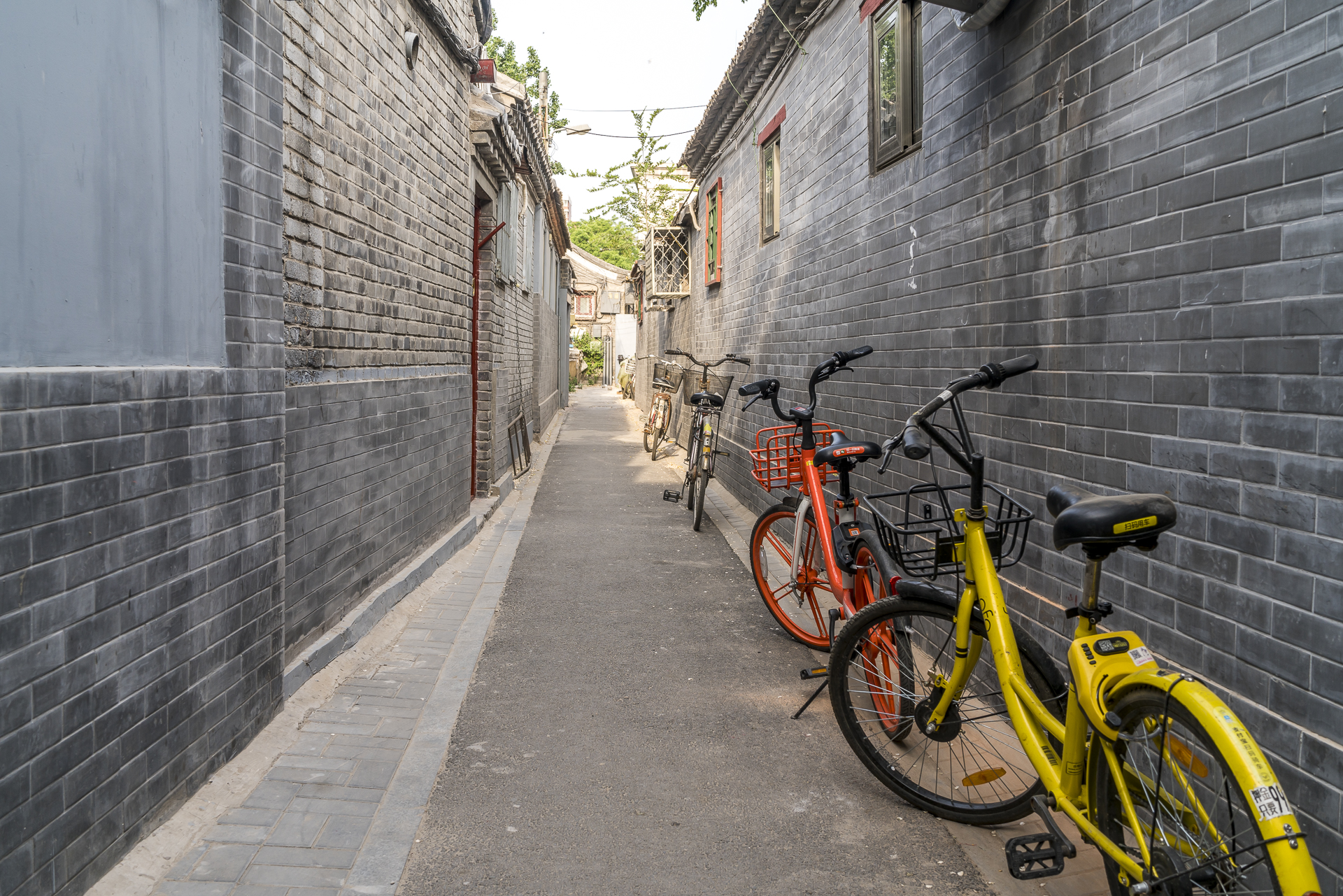
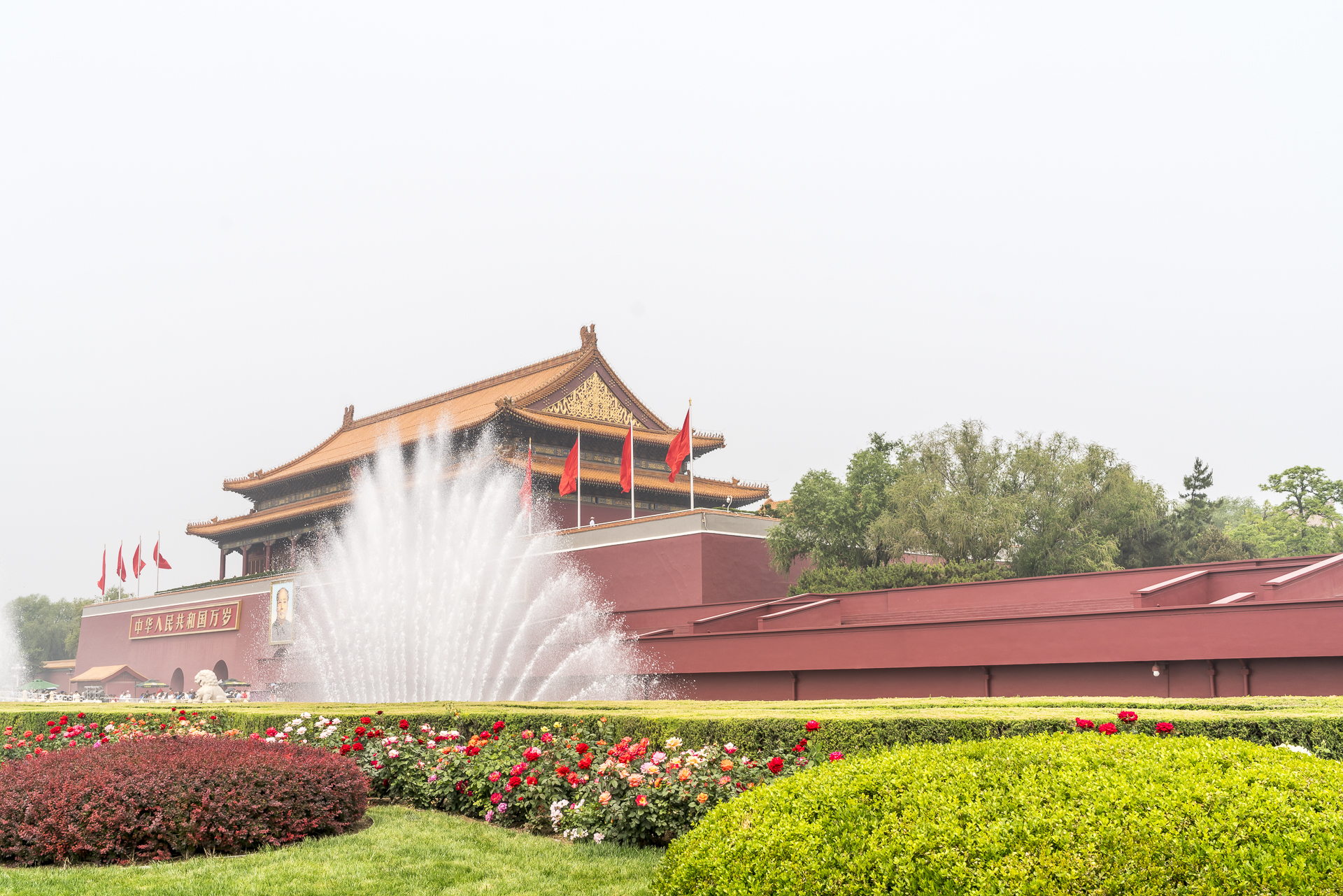
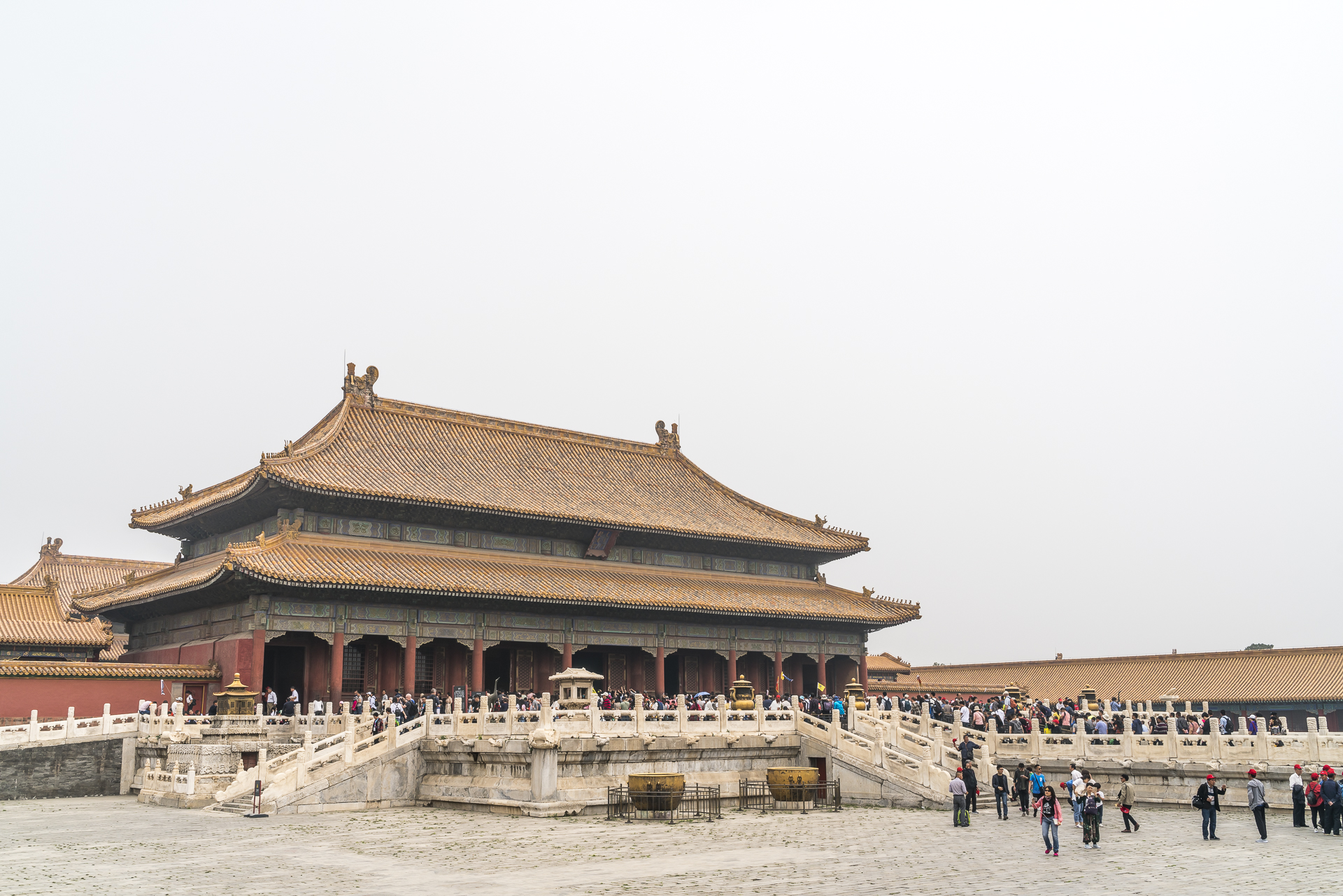
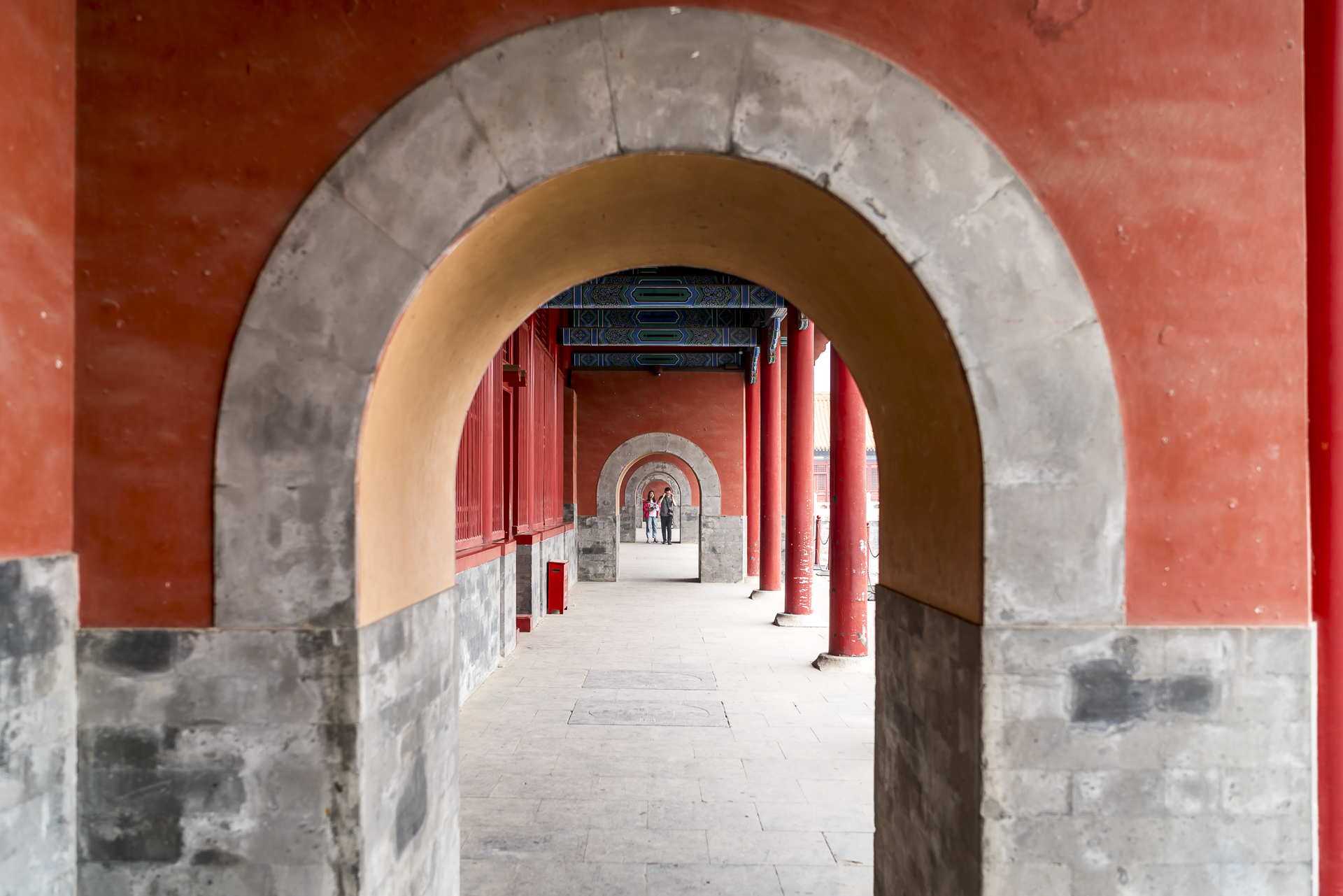
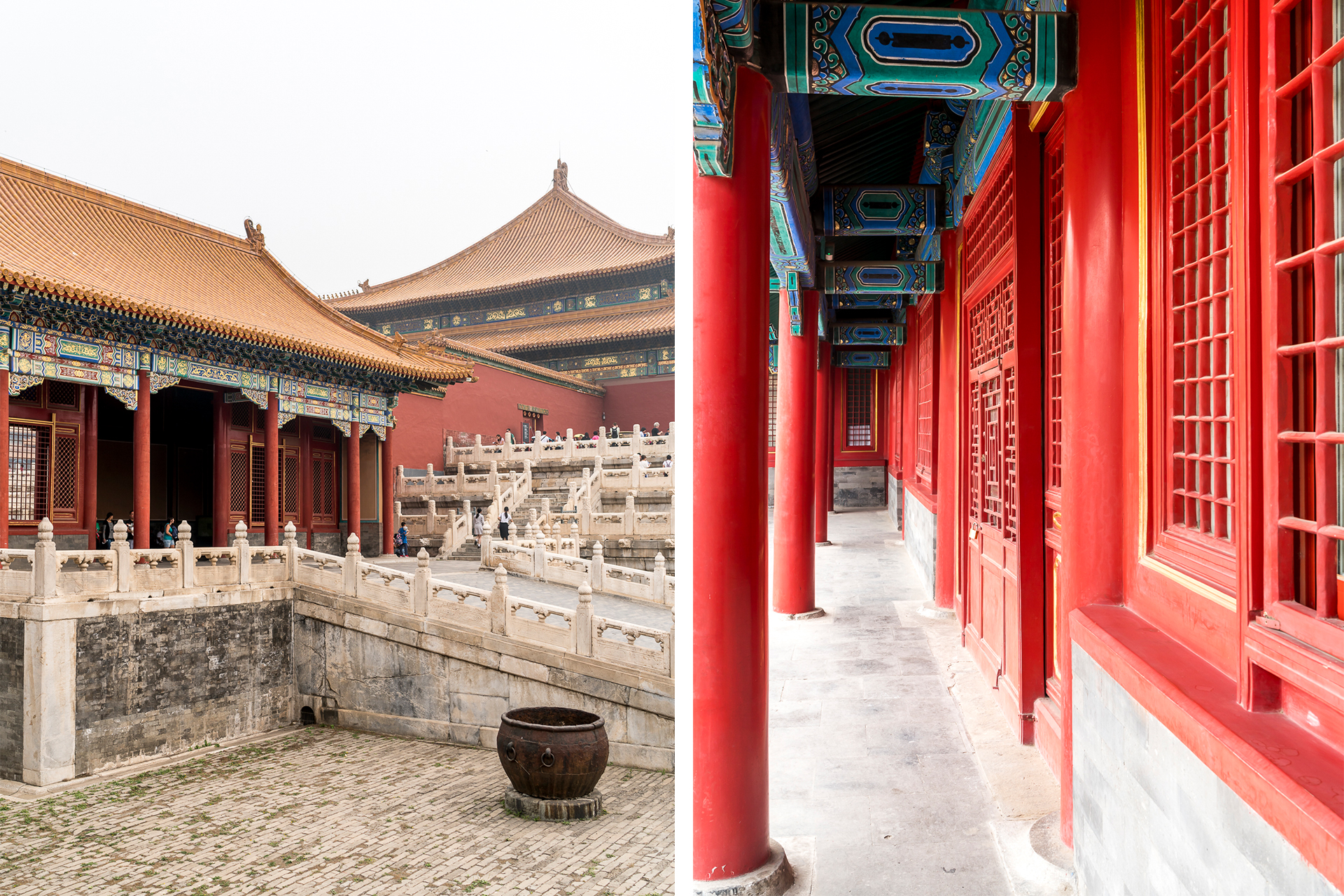
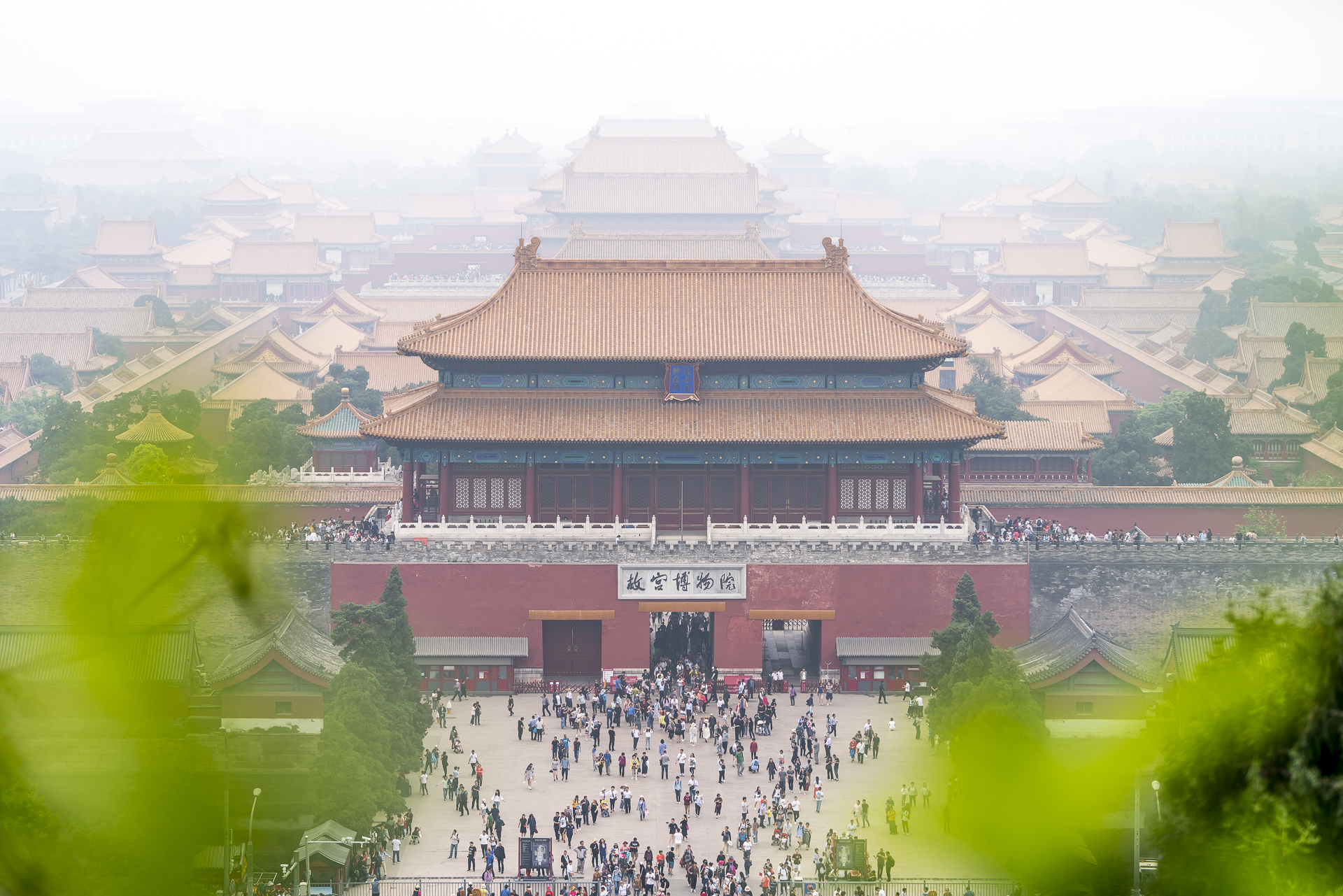
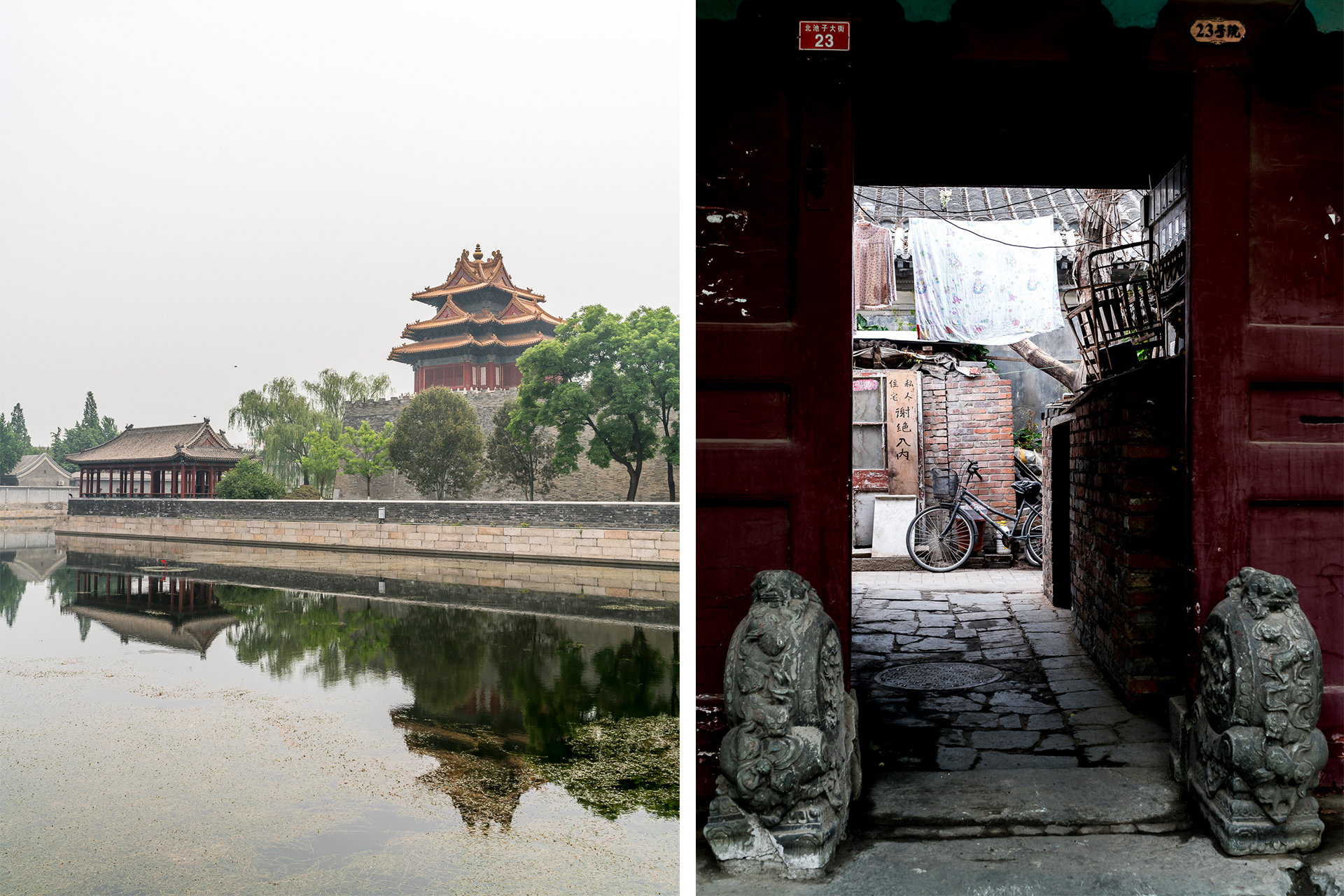
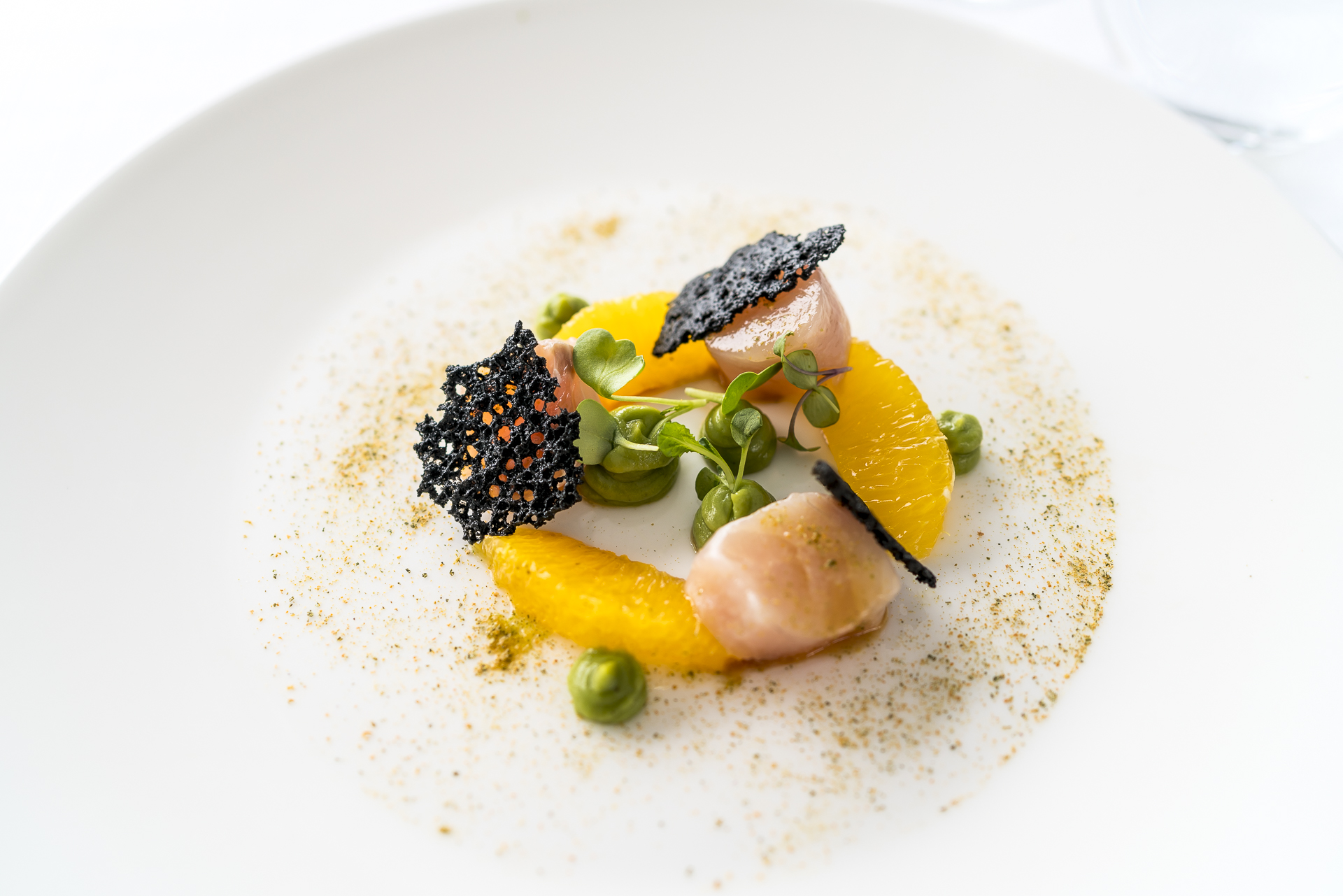
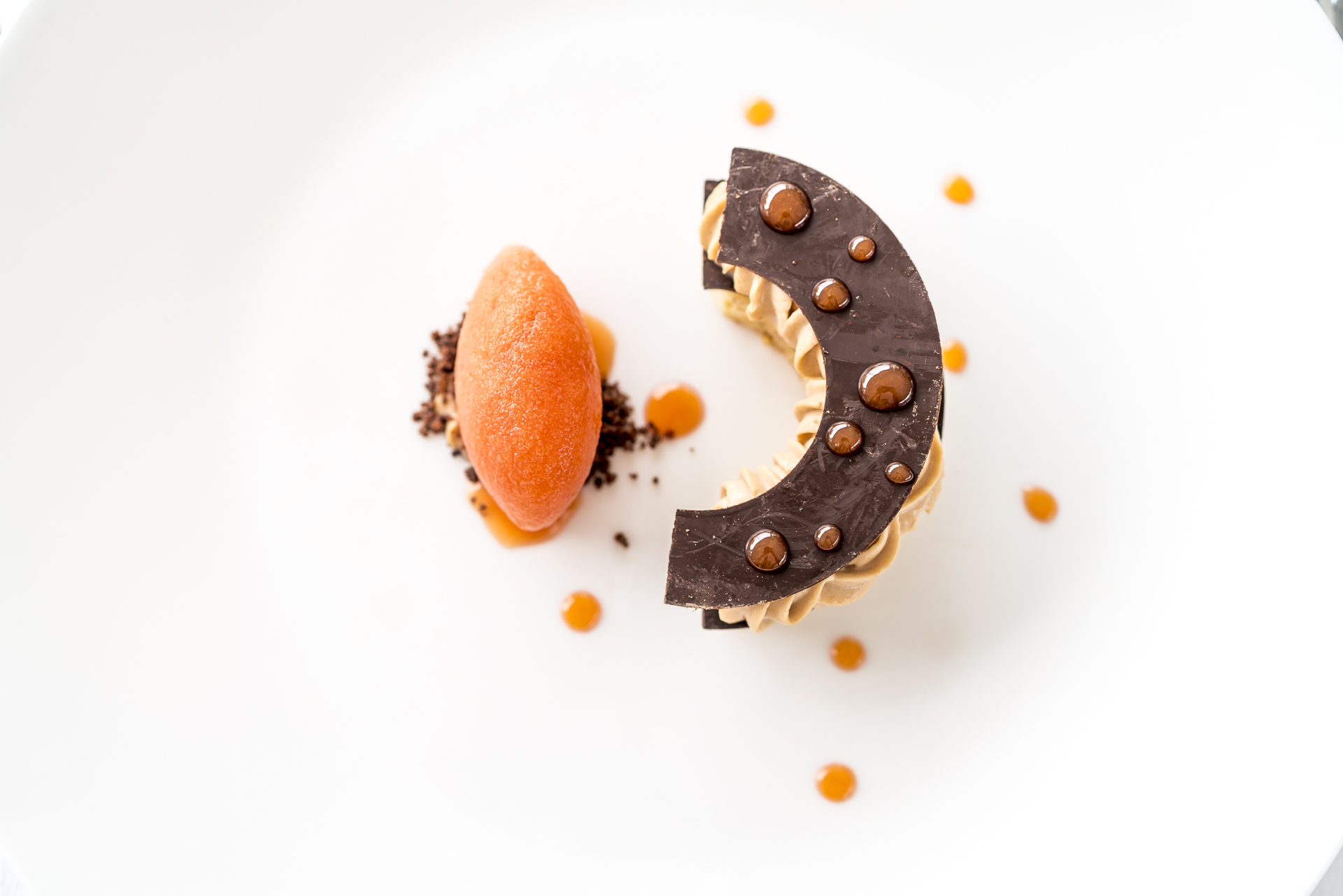
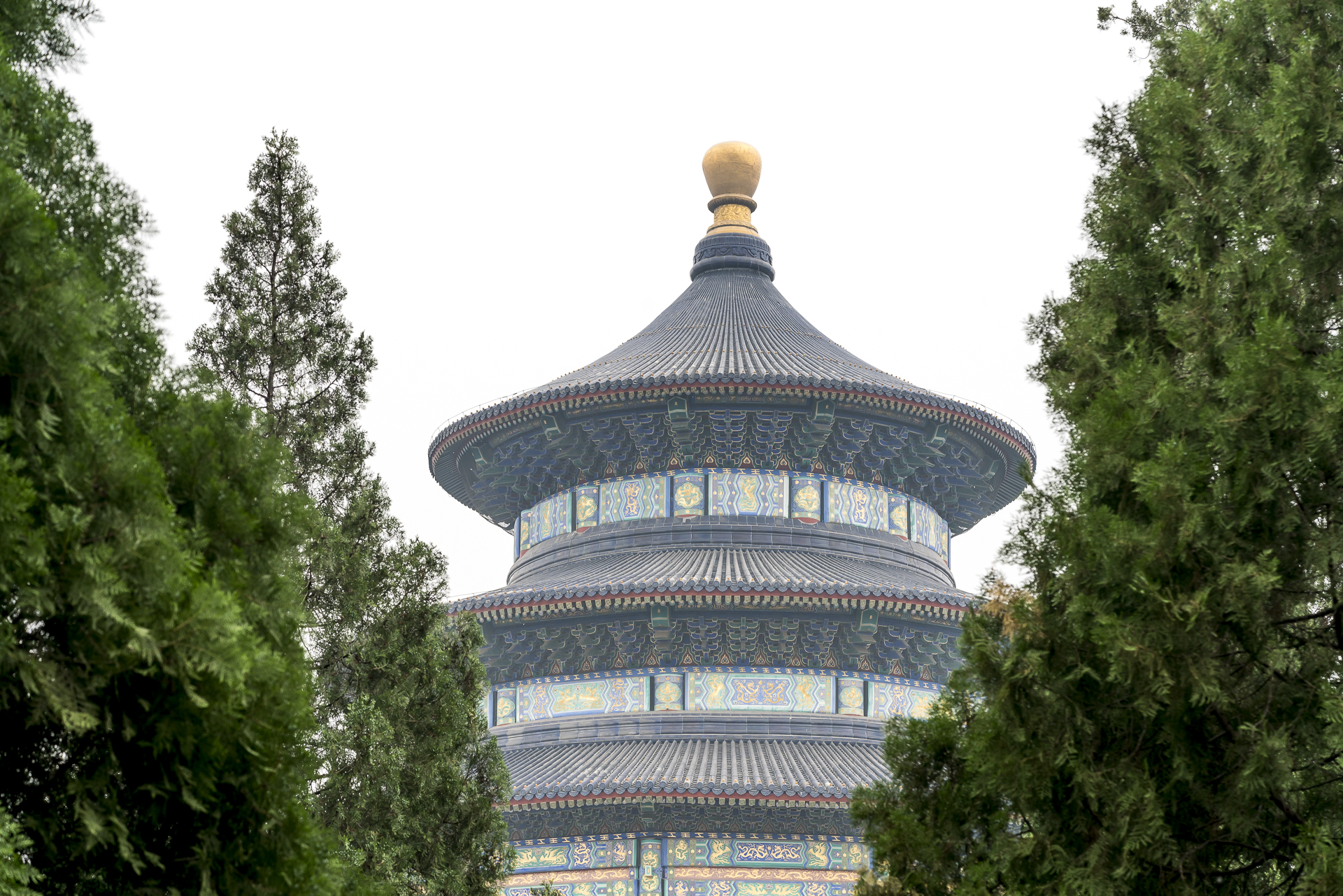
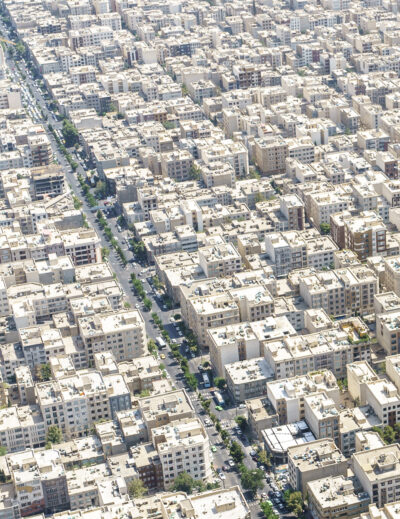
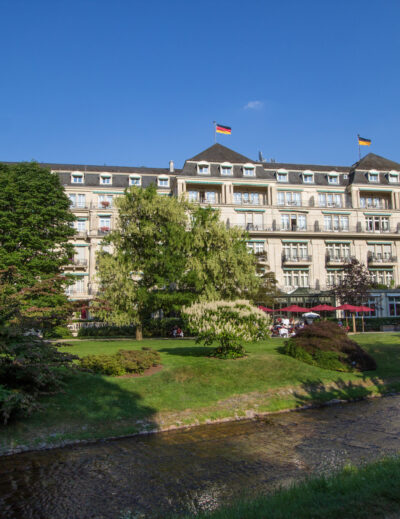
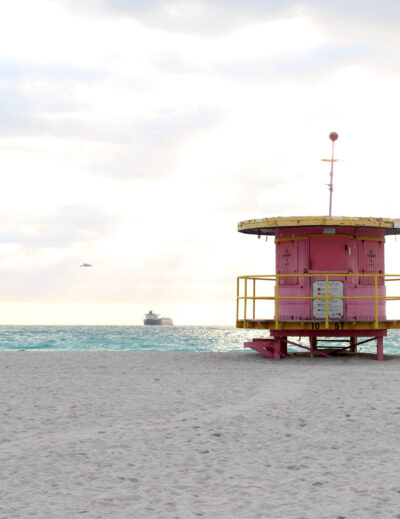
Leave a Reply